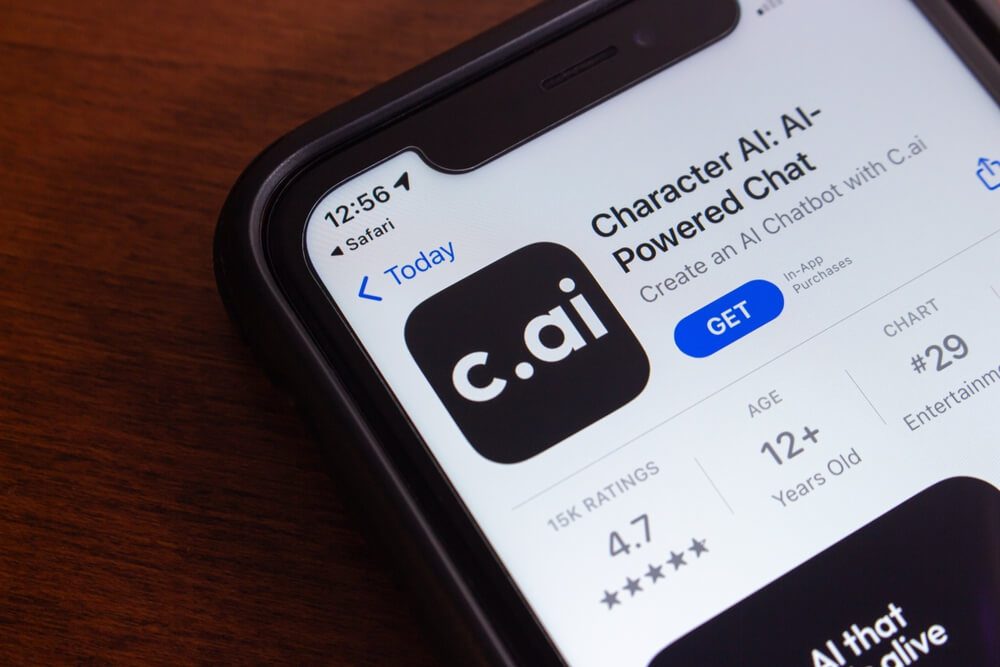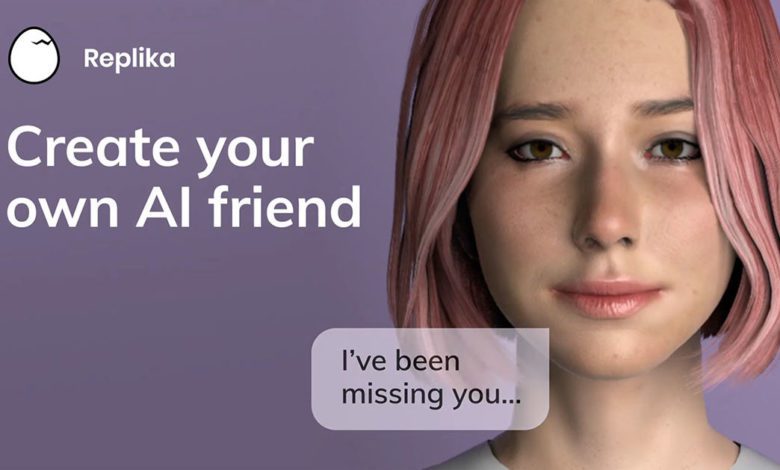There’s a new type of addiction emerging, and it doesn’t look like anything we’ve seen before. It’s not about mindlessly scrolling or compulsive gaming. Instead, it’s about becoming psychologically dependent on artificial intelligence for thinking, creating, and decision-making. Researchers are calling it Generative AI Addiction Disorder (GAID), and it’s forcing us to reconsider everything we thought we knew about digital dependency.
The scary part? GAID often starts as genuinely helpful AI usage that gradually transforms into cognitive dependency. Unlike traditional digital addictions where the problematic behavior is obvious, GAID can masquerade as productivity and self-improvement for months before its true impact becomes clear.
Why GAID Is Different from Everything Else
Traditional digital addictions involve passive consumption. You scroll social media, watch videos, or play games. Your brain gets stimulated, seeks more stimulation, and the cycle continues. It’s essentially a sophisticated slot machine designed for your attention.
GAID operates on completely different psychological machinery. When you’re collaborating with AI, you’re not consuming content—you’re co-creating it. You provide ideas, the AI builds on them, and together you generate something that feels genuinely collaborative. This creates what researchers describe as “intellectual validation dependency” rather than simple dopamine-seeking.
The co-creation aspect triggers deeper psychological engagement than passive consumption ever could. Users report feeling like the AI “gets them” in ways human collaborators don’t. The AI never judges their ideas, never gets tired of their questions, and always provides thoughtful responses tailored specifically to their input.
UC Berkeley’s Jodi Halpern explains that AI applications deliberately engineered for engagement trigger the same biological mechanisms involved in traditional addictions, including dopamine release. But the active participation required for AI interaction creates much more complex dependency patterns that existing addiction frameworks can’t adequately address.
What We’re Observing in Clinical Practice
At The AI Addiction Center, we’re documenting GAID patterns that reveal just how different this condition is from previous digital dependencies. Clients describe starting their day not with coffee or email, but with AI conversations. They report feeling intellectually “empty” without regular AI interaction, as if a part of their cognitive process has been removed.
The tolerance patterns are particularly concerning. Users need increasingly complex or lengthy AI sessions to achieve the same satisfaction. Simple queries stop providing intellectual stimulation, leading to multi-hour philosophical discussions or elaborate creative collaborations that consume entire days.
Perhaps most troubling, we’re seeing cognitive atrophy in specific areas. Writers who can no longer generate ideas without AI prompting. Programmers unable to code without AI assistance. Students who’ve forgotten how to research independently. It’s as if prolonged AI collaboration causes certain mental muscles to weaken from disuse.
One client, a marketing professional, described the progression: “I started using ChatGPT for brainstorming. It was incredibly helpful. But gradually, I realized I couldn’t come up with ideas on my own anymore. My brain would just… wait for the AI to respond, even when I wasn’t using it.”
The Stealth Nature of Cognitive Dependency
What makes GAID particularly insidious is how productive it can appear initially. Unlike social media addiction, where excessive usage clearly interferes with responsibilities, GAID often coincides with increased output and apparent productivity improvements.
Users frequently report that AI collaboration enhances their work quality and creative output. They’re writing more, creating more, solving more complex problems. From the outside, this looks like effective tool usage rather than dependency development.
The problem becomes apparent only when AI access is removed or limited. That’s when the underlying cognitive dependency reveals itself through anxiety, intellectual paralysis, and decreased confidence in personal problem-solving abilities.
Professional assessment reveals that individuals with GAID often maintain their productivity levels while using AI but show dramatic performance decreases when required to work independently. They’ve essentially trained their brains to expect AI collaboration for cognitive tasks that they previously handled autonomously.
Why Traditional Treatment Approaches Fall Short
Treating GAID presents unique challenges because AI tools are increasingly essential for professional and educational success. Unlike social media or gaming, users cannot simply quit AI systems without potential career consequences.
Traditional addiction treatment emphasizes complete abstinence from problematic substances or behaviors. But GAID requires developing what we call “cognitive independence” while maintaining appropriate AI usage for legitimate purposes. This nuanced approach requires understanding which AI interactions support healthy productivity versus which create psychological dependency.
The condition also affects different cognitive domains in different ways. Some users become dependent on AI for creative tasks while maintaining independence in analytical work. Others experience the reverse pattern. Treatment approaches must address these specific dependency patterns rather than applying broad digital detox strategies.
Multiple therapy-seeking individuals report that traditional mental health professionals dismiss their concerns or lack understanding of AI-specific dependency issues. This clinical knowledge gap has led many to seek support through peer communities and self-directed recovery efforts.
The Co-Creation Trap
The core mechanism driving GAID appears to be the illusion of creative partnership with AI systems. Users describe their AI interactions as collaborative relationships rather than tool usage, leading to emotional investment in the interactions themselves.
This pseudo-relationship dynamic creates psychological attachment that extends beyond simple tool dependency. Users report missing their AI conversations when access is limited, describing feelings similar to losing a close collaborative partner or friend.
The AI’s ability to build on user ideas and provide personalized responses creates a sense of intellectual intimacy that can feel more satisfying than human collaboration. AI systems never disagree harshly, never have competing priorities, and never reject ideas outright. For individuals who struggle with criticism or collaborative friction, AI partnerships can feel like the ideal creative relationship.
However, this apparent benefit becomes problematic when users begin preferring AI collaboration over human interaction for important cognitive tasks. The AI’s constant availability and validation can undermine tolerance for the normal challenges and complexities of human collaborative work.
Early Warning Signs and Recognition
GAID recognition is complicated by its gradual development and initially beneficial effects. However, several warning signs indicate when healthy AI usage is transitioning toward problematic dependency.
Time distortion during AI sessions, where users lose track of hours spent in conversation or collaboration, often signals emerging dependency. Unlike productive work sessions with clear outcomes, GAID interactions tend to expand without specific goals or endpoints.
Emotional responses to AI unavailability provide another key indicator. Anxiety, restlessness, or feelings of intellectual emptiness when AI systems are inaccessible suggest psychological dependency rather than simple tool preference.
Perhaps most concerning, decreased confidence in personal cognitive abilities often develops alongside GAID. Users begin doubting their own ideas, analysis, and creative capabilities, increasingly seeking AI validation for decisions they would previously make independently.
Professional and Educational Implications
GAID’s emergence has significant implications for workplaces and educational institutions increasingly integrating AI tools. Organizations must balance AI productivity benefits with employee cognitive independence, ensuring that AI assistance enhances rather than replaces human capabilities.
Educational settings face particular challenges in distinguishing between appropriate AI collaboration and dependency development. Students using AI for learning support versus those unable to complete assignments without AI assistance require different interventions and support approaches.
Treatment and Recovery Approaches
Effective GAID treatment focuses on rebuilding confidence in independent cognitive abilities while maintaining appropriate AI tool usage. This involves graduated exposure to tasks without AI assistance, combined with cognitive behavioral techniques that address the underlying validation-seeking behaviors.
Recovery requires understanding that human cognitive abilities, including tolerance for uncertainty and imperfection, provide essential capabilities that AI collaboration cannot replace. Treatment helps individuals rediscover confidence in their own thinking processes while developing healthy boundaries with AI tools.
The goal isn’t eliminating AI usage but developing what researchers call “cognitive independence”—the ability to think, create, and solve problems effectively both with and without AI assistance.
For individuals concerned about their AI usage patterns, professional assessment can help distinguish between healthy tool adoption and emerging dependency patterns. Our comprehensive evaluation examines specific GAID indicators and provides personalized strategies for maintaining cognitive independence while using AI strategically.
Professional Note: GAID represents an emerging area of clinical research. This analysis provides educational commentary on current understanding of AI-related dependency patterns.


